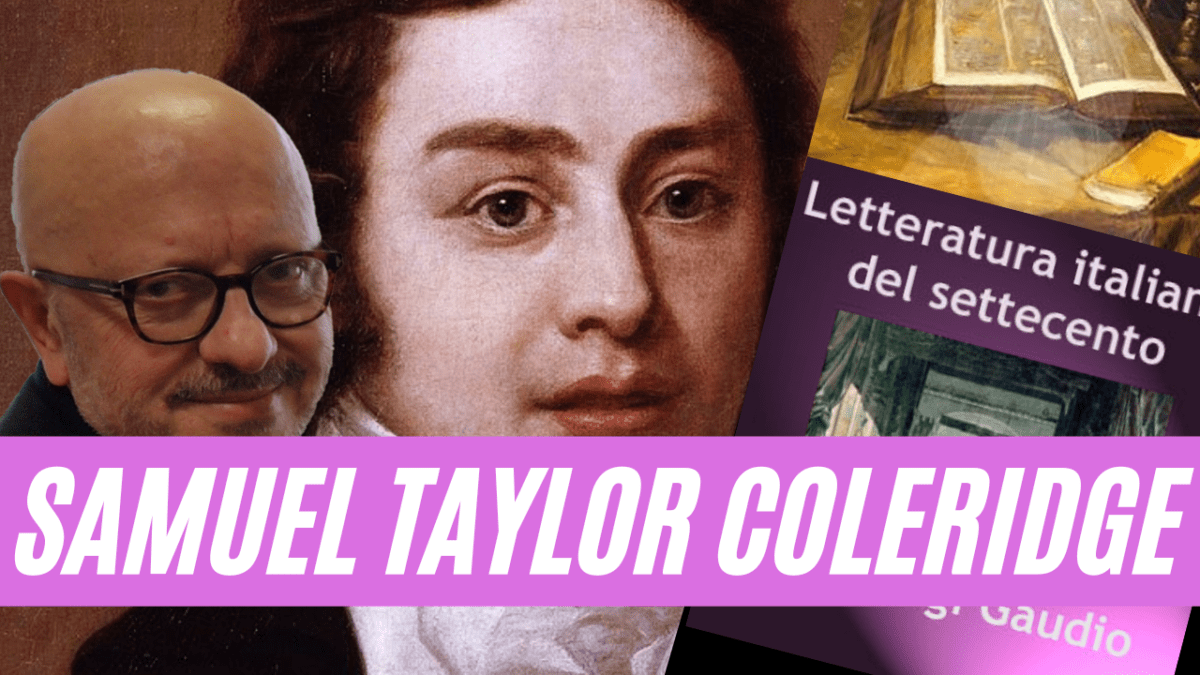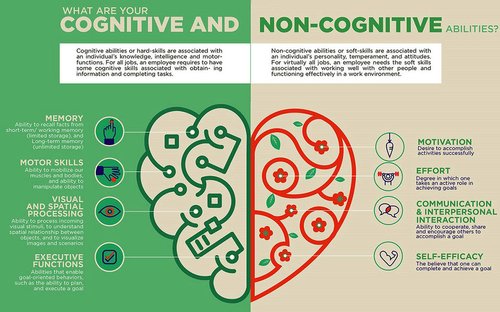



Testo descrittivo
27 Gennaio 2019

Dipinti di Antonello da Messina
27 Gennaio 2019Svolgimento di un Compito in classe di letteratura inglese dell’ottocento, domande a risposta aperta
Traccia
1. What are the different functions of fancy and imagination according to Coleridge? What does he mean by willing suspension of disbelief and lethargy of custom?
Svolgimento
Coleridge made a distinction between fancy and imagination in his Biographia Litteraria. Imagination is more important than fancy because it has a creative power; both primary and secondary imagination create new worlds starting from sense perception, but the only poetic faculty is the secondary one. Fancy has the only power of associating things and images already existing. In the same work Coleridge explains his objective as a poet and Wordsworths one: he wants to lead mankind to a willing suspension of disbelief, meaning that people trust the poet even if he writes about something uncommon and unfamiliar; to achieve this porpous Coleridge tries to write about the supernatural and make it believable mixing it with some familiar elements. Wordsworth wants to awake mankind from the lethargy of custum: people are so used to seeing natural landscapes that they can’t appreciate them, so the poet has to teach them to see the beauty of what they consider too common and familiar, only apparently without attractions.
Traccia
2. In what does Keats differ from the other Romantic poets? What is meant by the doctrine of negative capability”?
Svolgimento
A striking difference between Keats and the other romantic poets is that he doesn’t want to speak about himself, but about all mankind, making his poems universal. moreover he is particular for his disinterested love for beauty which anticipates estheticism: as the other poets of the second generation he can’t find the ideal in the real, and tries to solve this conflict worshipping beauty, which is perceived with all the senses and then leads to a deep experience of joy, which is the only truth men can know and need to know. Another difference is the task of the poet, who, according to him, has to show his negative capability: it consists on identifying himself completely with the object he is describing and denying his personality, so that he can help mankind to see the value of beauty more deeply.
Traccia
3. Compare Byrons concept of nature with that of the other Romantic poets.
Svolgimento
According to Byron nature reflects human feelings, so he has the same idea as Wordsworth and Coleridge; he gives to nature more importance than Shelley and Keats do: Shelley defines it a beautiful veil which covers the real essence of things, Keats is more interested in what is imagined than in what is real; Byron describes it as something living, which speaks a language the poet can easily understand. In Childe Harolds Pilgrimage Byron deals with the sublime, describes a wild and apparently cruel nature, which he values because it better suits the characteristics of his hero; on this point he is different from Wordsworth who writes about a joyful nature in harmony with man-made objects and never deals with the Sublime.
Traccia
4. Byron, Shelley and Keats were all aware of the discrepancy between the real and the ideal- how does each react?
Svolgimento
Byron is concentrated on the present: he rejects all the social conventions and tries to laugh at the contradictions and the evils of society. Shelley is concentrated on the future: he believes that its possible to solve the problems and conflicts he sees by the power of love and brotherhood; he is convinced that a golden age will soon come, and this is the reason for his prophetic attitude. Keats thinks that the only truth is beauty, but beauty is something beyond reality: in particular he tries to find it in the past, in the art which makes beauty eternal. He is convinced that the imagined is better than the real, so he always deals with the imagined.
Alissa Peron





2 Comments
[…] di Inglese sui Poeti romantici inglesi di Alissa […]
[…] di Inglese sui Poeti romantici inglesi di Alissa […]